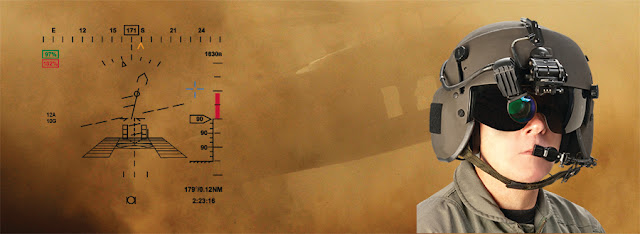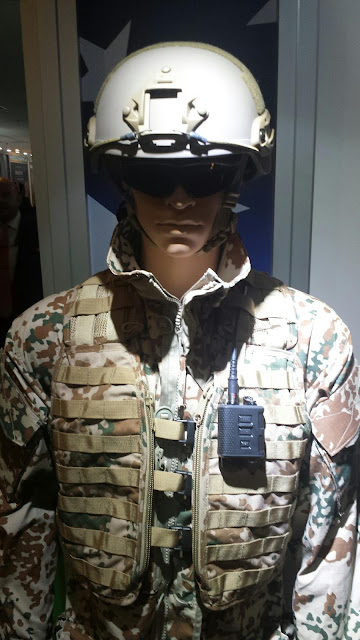The Royal Norwegian Navy (Sjøforsvaret) will soon begin rejuvenating its submarine flotilla, consisting of six ULA-class diesel-electric attack submarines (SSK), delivered 1989-1992 by
Howaldtswerke-Deutsche Werft (now
thyssenkrupp Marine Systems - TKMS). The boats were designed for a service life of 30 years, and the Sjøforsvaret now wants to introduce a modern successor that can be adopted to new roles and threats. The move follows an announcement by the Norwegian government in early April, stating that two bidders –
DCNS and TKMS – have been selected as preferred bidders (read the government's statement
here).
 |
| The ULA-class proved itself during international fleet manoeuvres and exercises. Following their recent modernisation, they remain suited for operations along Norway’s long coastline and in narrow fjords. (Photo: Sjøforsvaret) |
According to earlier statements released by the Norwegian Ministry of Defence (MoD - Forsvarsdepartement), the new submarine must be capable of operating in the North Atlantic and in the Arctic, as well as in other parts of the world. The anticipated procurement of a next-generation submarine, due to be completed in the mid-2020s, will see the new boats fitted with a modern combat system, “
to pace future challenges,” according to MoD sources.
Critics said as Norway waits longer for its next-generation submarine, the service is now being forced to further rely on its ULA-class for another 5-7 years. The decision to procure new submarines comes as the Sjøforsvaret expects to place some of the ULAs into a, “
phased modernisation,” as part of a cost-savings effort. “
Only this roadmap gives us assurance that all of them could be deployed until the first new subs are in full readiness in 2021 or 2022,” an MoD official told MT.
What the Norwegian government agreed early April is a broad outline of its submarine flotilla rejuvenation programme. “
We have just agreed on the principles to modernise Norway’s submarine force,” a government source explained. “
This will allow us to contribute a viable [undersea] warfare capability to NATO, including Special Forces [delivery options] and improved ISR [Intelligence, Surveillance and Reconnaissance].”
The Forsvarsdepartement informed that it wants to maintain a viable underwater warfare capability in the future, with the aim of increasing cooperation with NATO’s submarine operators. This move is in a backdrop of the overall deterioration in the relationship between Russia and Western countries in the wake of the Ukraine crisis that has also brought more tension to the Nordic-Baltic region. NATO is particularly concerned about potential Russian aggression in the region, also necessitating a major re-think of Norwegian defence strategy. Observers believe that all these developments will Norway being forced to rebuild its national defence, and to modernising its undersea warfare capabilities.
According to a statement released by the Forsvarsdepartement in 2013, there has not been a necessity of replacing the ULA-class. The statement reads: “
[TKMS] in Germany has […] completed an extensive study on extending the lifetime and maintaining the relevance of the ULA-class, beyond 2020. In addition, Kongsberg Defence & Aerospace, various original equipment manufacturers, and other suppliers have contributed with information. Furthermore, other navies have provided in-depth information on their experience from similar processes. […] British Maritime Technology [BMT] is tasked to review technical aspects and risks related to a life extension programme. BMT’s experience from similar analyses will contribute significantly to the overall analysis on the feasibility of such a programme.”
At that time (May 2013), the Norwegian government was examining a partnership with the Royal Netherlands Navy, which is due to replace all of its four WALRUS-class SSKs; but, due to budgetary constraints, the Netherlands, lacking industrial capacities for designing and building conventional submarines, will not be able to do so. “
As a result of the current budget constraints, the Dutch MoD [was] looking for an international partner to increase economy of scale and reduce costs of ownership in a new submarine programme,”
Cpt. Hugo Ammerlaan, Commander Submarine Services, informed MT.
Additionally, a joint submarine procurement between Norway and Poland is not imminent. While Oslo is looking to proceed with a joint procurement of a submarine fleet, the final shape of the programme, the number of boats it plans to acquire, and with whom to cooperate still needs to be decided, according to an announcement released in April. Poland, in the midst of a nationalist fervour removing any military equipment stemming from the Cold War-era, is looking to acquire three new submarines to replace its ageing KOBBEN-class boats, due to be decommissioned in 2021.
What Would it Take to Build Norway’s Next-Generation Sub?
Looking at the way a next-generation submarine is made today, it looks incredibly complex compared to other naval platforms. The successor of Norway’s ULA-class will be an expensive product to build; it will be a larger design, with a state-of-the-art combat system consisting of consoles and touch-screens for the variety of undersea warfare missions; advanced decision aids and new algorithms for more effective threat detection, identification ,tracking, and engagement; improved sensors; heavyweight torpedoes (HWTs); and torpedo countermeasures.
Additionally, the new submarines will benefit from progresses achieved in the field of air-independent propulsion (AIP), with Germany’s fuel cell technology (found in Type 212 and 214 submarines) and on offer for other design options (Type 216/218) certainly playing a key role in the MoD’s decision-making process.
DCNS’ proposal – SCORPENE – is the result of years of incremental evolution that has added serious expertise to a complex underwater platform already selected by the Navies of Chile, India, and Malaysia. This only provides a glimpse of that complexity.
That leads us to the final ingredient: Industrial collaboration. The anticipated procurement of new submarines could be under the auspices of increased industrial collaboration, with Norwegian industry participating in the manufacturing of subsystems and components very similar to Norway’s F-35 project. The two latest Navy projects – the SKJOLD-class fast patrol boats and the FRIDTJOF NANSEN-class AEGIS ships – clearly demonstrated that the Norwegian industry has a number of areas where it has unique, world-class technologies on offer. Industrial partnerships and technology transfer is explicitly favoured by the Forsvarsdepartement in an attempt to further reduce project risks and costs. In broad terms, Norway’s next-generation submarine offers much potential for industrial cooperation with partners in Europe.
Stefan Nitschke















































